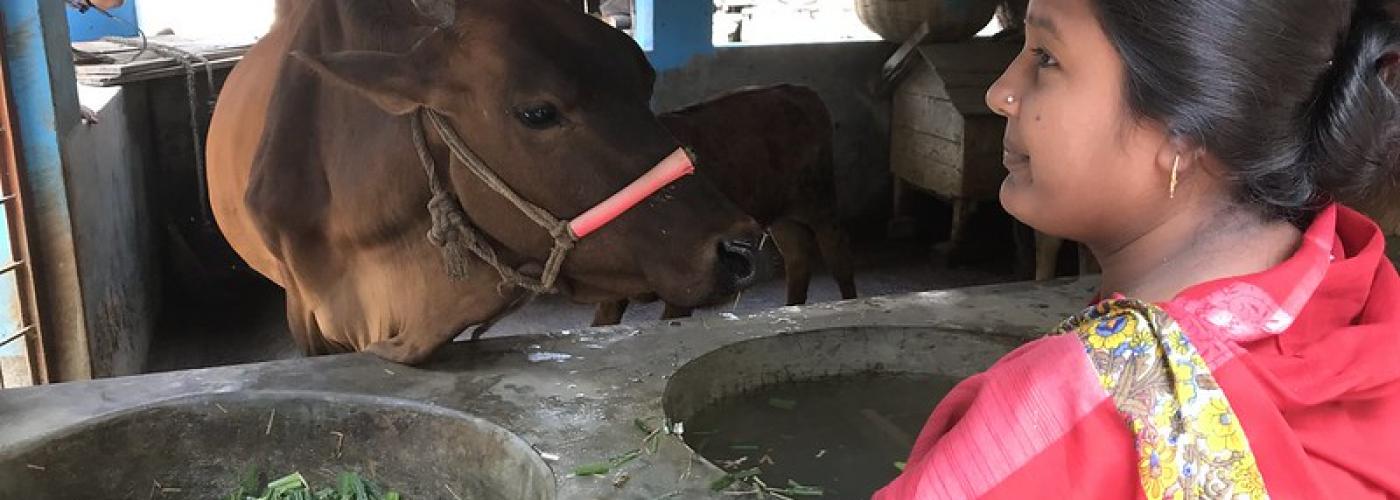Bangladesh Livestock Markets Struggle During COVID-19 Restrictions
Image

The COVID-19 epidemic has created a serious negative impact not only on the health sector of Bangladesh but also in all aspects of living. After the COVID-19 outbreak began in early March in Bangladesh, the government locked down peoples' movements to control the spread of the disease. The lockdown has had a significant (and still not well-understood) impact on the agricultural sector.
As all of the livelihood sectors experience the impact of COVID-19, the livestock sector is no exception. To understand the current situation of the livestock market, the project SHOMOSHTI has conducted phone call consultations with 72 entrepreneurs and 100 farmers of seven districts in the livestock sector using structured questionnaires. The study found that the pandemic has reduced input demand, cutting the income that thousands of entrepreneurs and producers depend on for their livelihoods. The study showed that 90% of retailers’ sales have reduced, and 85% of paravets' and 74% of farmers' incomes have decreased as a result of the coronavirus outbreak. Around 50% of milk remains unsold and 45% of milk has been sold at a reduced price. The estimated loss is about $189 million per day all over the country.
Considering the lockdown situation in Bangladesh and the economic downturn, if the situation continues for the next 90 days, the loss would be huge and create a shortage of protein availability in the market. Nearly one-third of respondents have no savings to recover from the crisis. About 64% of retailers, 43% of farmers, and 39% of paravets have loans. Half of the respondents reported increased expenditures at the household level. Among them, 65% used their savings, 33% have reduced food intake, and 21% took out loans for managing their households’ expenditure. Study results also showed that about 61% of respondents perceived an increased workload for women at households. Most of the women have to spend more time doing food preparation, washing clothes, and taking care of family members. About 28% of respondents indicated that they found an increasing trend of domestic violence in their community as well.
Regarding COVID-19 awareness, all respondents know about the coronavirus outbreak through social, print, electronic media, mobile networks, and government messaging. Around 87% would go to nearby hospitals directly if any family member seems to be infected. This figure is alarming and reflected that people only know of the disease outbreak, but they are not internalizing the pandemic situation. A majority of respondents (80%) asked for cash support and loans with easy terms and conditions. 30% of respondents also recommended free food supply for the poor to ensure staying at home during the lockdown. In this situation, the government and other agencies should concentrate on multipurpose cash support for the COVID-19 affected vulnerable groups, so that they can buy their necessities from their local market to support the local economy, which will also create an equilibrium condition in the market. On the other hand, local administration should also increase their strict monitoring for the availability of daily necessities in the market and control difficult situations in the market.

